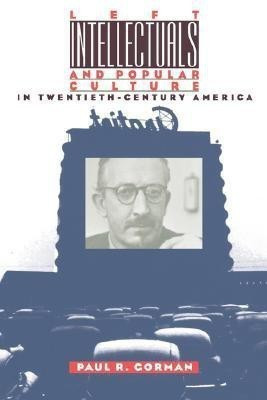Left Intellectuals and Popular Culture in Twentieth-Century America(English, Paperback, Gorman Paul R.)
Quick Overview
Product Price Comparison
Since the late nineteenth century, American intellectuals have consistently criticized the mass arts, charging that entertainments ranging from popular theater, motion pictures, and dance halls to hit records, romance novels, and television are harmful to the public. This critique of popular culture continues today, with condemnations of television shows like NYPD Blue and increasing fears about the purported effects of rap or hip-hop music. In this sweeping historical study, Paul Gorman exposes the contradictory nature of this cultural critique. As Gorman shows, popular culture had faced growing denunciation in the 1890s, primarily from conservative writers dismayed at the state of modern values. But in the Progressive Era, intellectuals with liberal sympathies weighed in, complaining that modern entertainments were created to debase and exploit a passive, helpless public. Ironically, they thus initiated a strain of criticism in which the very intellectuals who championed democratic ideals portrayed citizens as dangerously manipulable victims and promoted patronizing plans for their rescue. |First published in 1986, Hearthside Cooking offers twenty-first-century cooks an enjoyable, informative resource for traditional cooking. It contains recipes for more than 250 historic dishes, including breads, soups, entrees, cakes, custards, sauces, and more. For each dish, Nancy Carter Crump provides the original recipe, followed by two sets of instructions--one for preparation over the open fire and a second making use of modern kitchen appliances. Crump also includes information about the men and women who wrote the original recipes, which she discovered by scouring old Virginia cookbooks, handwritten receipt books, and other primary sources in archival collections.


